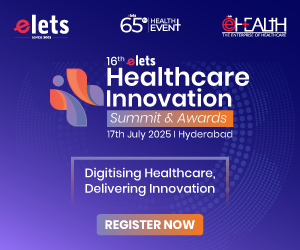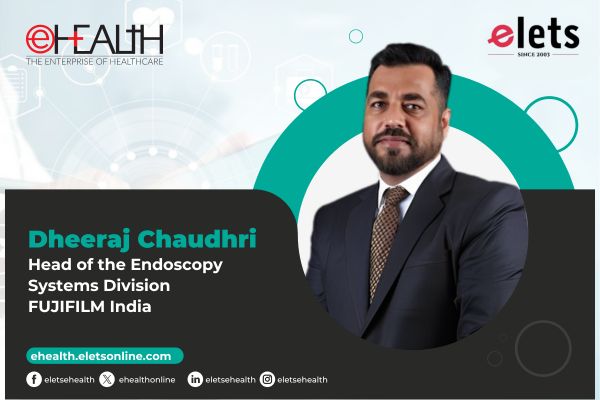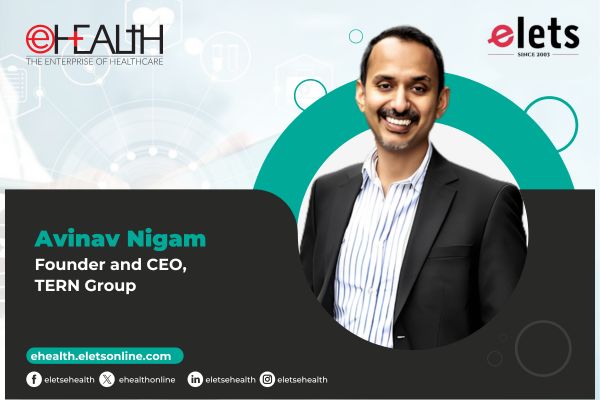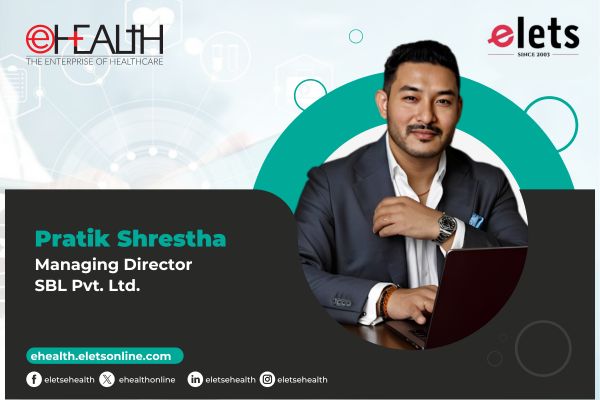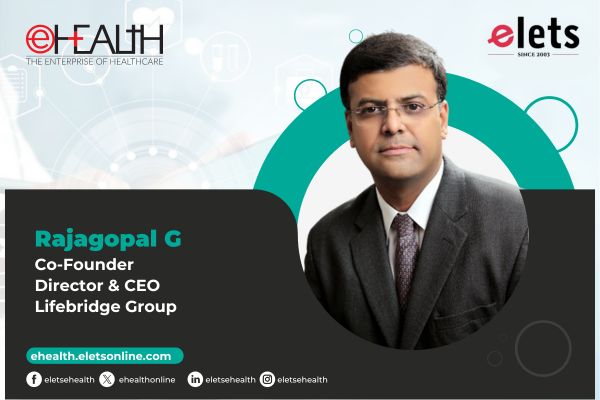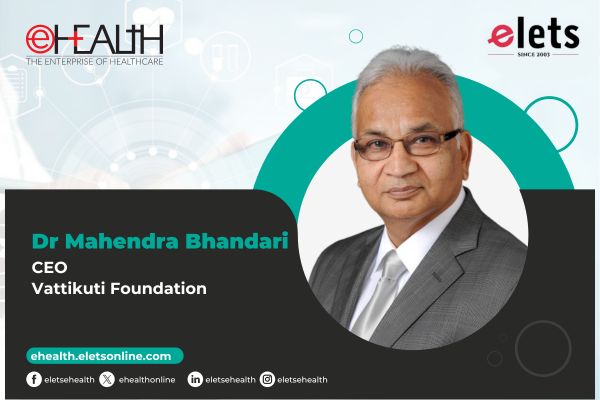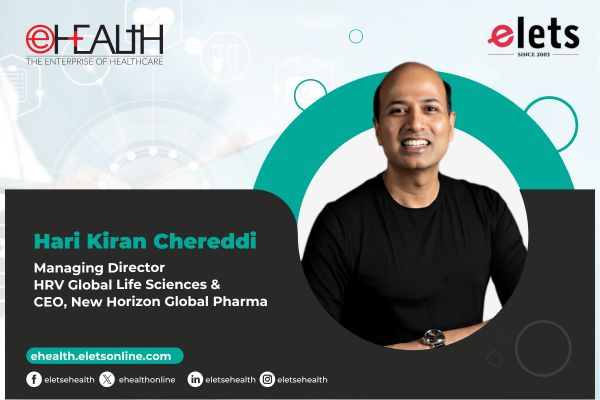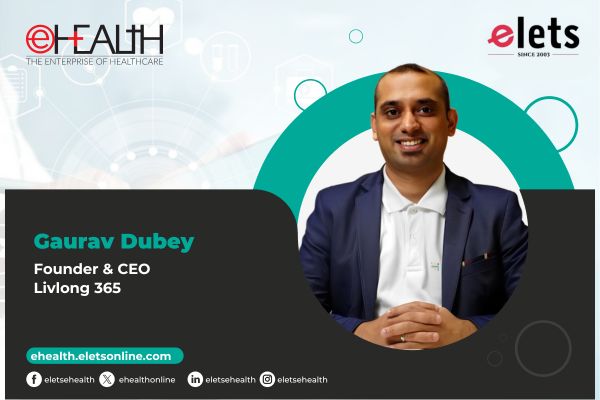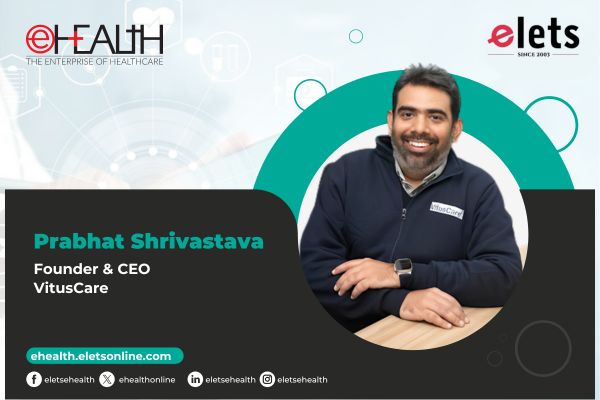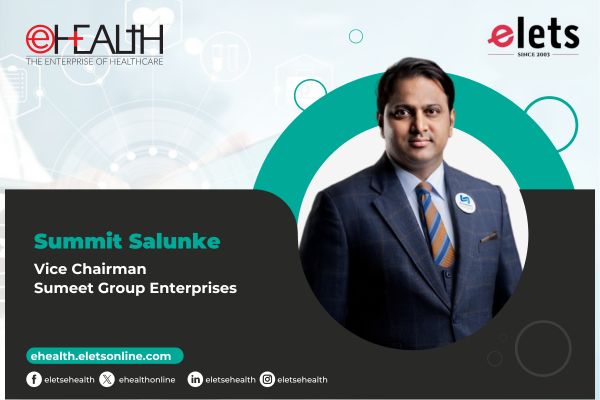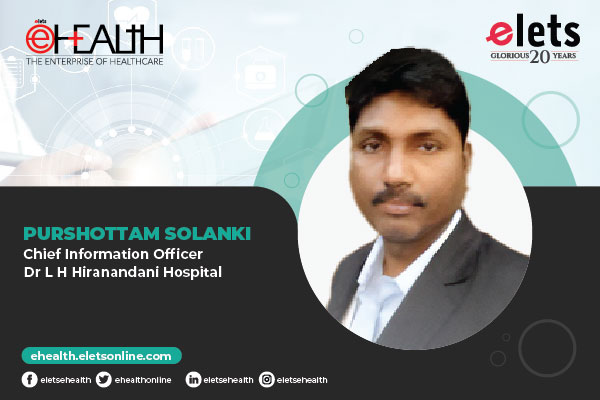
The digital transformation of healthcare data plays a crucial role in facilitating quicker access to patient’ medical histories, while also promoting seamless collaboration between doctors and patients. This transformation revolutionises the patient’s healthcare journey by simplifying the process of accessing, storing, and exchanging healthcare data, shared Purshottam Solanki, Chief Information Officer, Dr. L H Hiranandani Hospital with Kaanchi Chawla of Elets News Network (ENN). Edited excerpts:
In the era of digital transformation, what role do you see technology plays in improving patient care and overall hospital operations?

By leveraging the latest advancements in technology, methodologies, and processes, it is possible to create sustainable value for patients, healthcare professionals, and healthcare organisations. Through the effective utilisation of technology, India’s health infrastructure has the potential to undergo significant improvements, including enhanced access to care, superior quality and efficiency in delivering healthcare services, and a reduction in medical errors. The digital transformation of healthcare data plays a crucial role in facilitating quicker access to patient’ medical histories, while also promoting seamless collaboration between doctors and patients. This transformation revolutionises the patient’s healthcare journey by simplifying the process of accessing, storing, and exchanging healthcare data.
Data security and patient privacy are critical concerns in the healthcare industry. How do you ensure the protection of sensitive patient information while utilising technology to improve healthcare delivery?

All hospitals and other healthcare organisations need to be careful about protecting sensitive patient healthcare data that includes medical records, financial details, and other personal information. Securing healthcare data requires a mix of employee education, smart use of technology, and physical security for buildings. Here’s a list of some important best practices for healthcare data security.
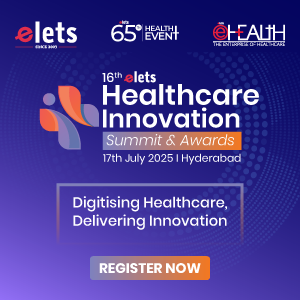
- Protect against hackers: As hackers have a variety of methods for breaking into healthcare organisations networks, health IT departments need to use a variety of tools to try and keep them out.
- Educate staff members: Whether due to negligence or malicious actions, employees are often involved in healthcare data breaches. Therefore, any IT security program should include a big focus on employee education.
- Encrypt portable devices: One thing healthcare organisations should always do to prevent any breach is to encrypt all devices that might hold patient data, including laptops, smartphones, tablets, and portable USB drives.
- Secure wireless networks: Data can be stolen by hacking into those networks from the parking lot, for example, especially if the organisation relies on outdated technology.
- l Implement physical security controls: Even as electronic health records become more common, organisations still keep a lot of sensitive data on paper. Therefore, providers must make sure doors and file cabinets are locked and that cameras and other physical security controls are used.
- Write a mobile device policy: As more healthcare employees use personal devices to do their work, it’s important that every organisation creates a mobile device policy that governs what data can be stored on those gadgets, what apps may be installed, etc.
- Delete unnecessary data: Organisations should have a policy mandating the deletion of patient and other information that’s no longer needed.
- Vet third parties security: However, putting information in the hands of third parties also creates a number of new risks. Therefore, it’s important for organisations to diligently vet the security of cloud computing vendors and other third parties they contract with.
- Patch electronic medical devices: There is a threat of healthcare data on pacemakers, monitoring tools, and other electronic medical devices being hacked. Keep the software on those devices patched and up to date to minimise their vulnerabilities.
Interoperability and data exchange between different healthcare systems are crucial for seamless patient care. How do you address the interoperability challenges and ensure the smooth flow of information between various departments and external stakeholders?
Interoperability describes the extent to which systems and devices can exchange data and interpret that shared data. It enables different information technology systems to communicate and exchange usable data by conducting compatibility tests, engineering products with a common standard, and using the same technology, coding language, or syntax across multiple systems when appropriate.
Artificial Intelligence (AI) and Machine Learning have the potential to revolutionise healthcare. In what ways have you implemented AI and machine learning technologies at Dr. L H Hiranandani Hospital to enhance diagnostic accuracy, streamline workflows, or improve patient outcomes?
AI helps improve the accuracy and speed of diagnosis by analysing patient data, such as medical history, test results, and imaging scans. It allows healthcare professionals to scan pre-existing medications and use them to redesign medication in a way that enables them to fight against specific diseases.
Cybersecurity threats are on the rise, and healthcare institutions are particularly vulnerable due to the sensitivity of patient data. How do you manage cybersecurity risks and maintain a robust security posture at your hospital?
There are multiple ways to secure a site:
- Identify all the assets within your IT landscape by taking an inventory.
- Use strong passwords.
- Keep your software updated.
- Think before clicking on suspicious links.
- Enable multi-factor authentication.
Lastly, can you share any success stories or significant outcomes that have resulted from the implementation of technology-driven solutions at Dr. L H Hiranandani Hospital?
We have implemented the latest technology and updated our firewall with two-factor authentication for enhanced security. This includes password protection as well. Additionally, we have disabled all social sites for end users to mitigate the risks associated with uploading and downloading. Furthermore, we have enabled external email tagging for incoming solutions.
Be a part of Elets Collaborative Initiatives. Join Us for Upcoming Events and explore business opportunities. Like us on Facebook , connect with us on LinkedIn and follow us on Twitter , Instagram.
"Exciting news! Elets technomedia is now on WhatsApp Channels Subscribe today by clicking the link and stay updated with the latest insights!" Click here!
